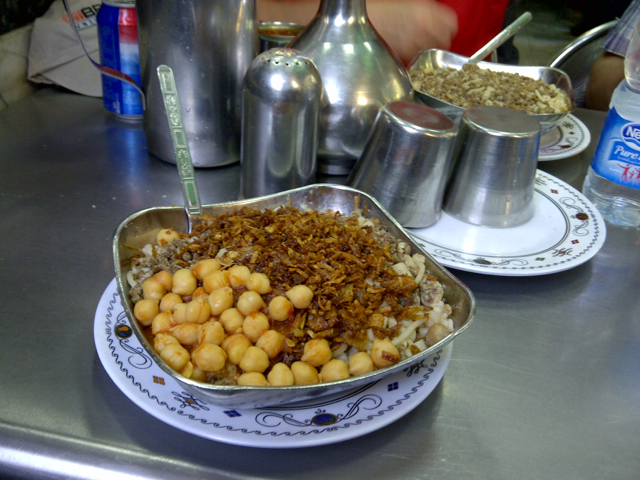There are plenty of warm smiles to complement the heat of the Cairo summer but behind the traditional hospitality of the Egyptian people there is a division between those who tell you that they believe the revolution is the beginning of a positive change for their country and those who say life simply goes on as before. There are many – such as those working in the country’s vital tourism industry – who still welcome the revolution but face an uncertain future with a fragile economy, longing for the day when the visitors will return to the pyramids.
Tourism affected:
He tells us that visitors have been scared off by the revolution but points out that none of the many foreigners in Egypt at the time were hurt and no tourists should feel unsafe visiting the ancient treasures of the Pharaohs. He hopes that by September the numbers will be returning to previous levels, irrespective of whether the country is undergoing elections by then.When Dr. Zahi discovers that the tourist police have been demanding money for access to filming the story he summons a group of officials and berates them in no uncertain terms. The ground beneath the feet of the Sphinx seems to shake as Zahi storms off with a trail of chastened officials in his wake, leaving us to relish the opportunity to shoot more footage from a privileged position within
touching distance of the ancient wonder.
It’s not often you encounter a moment of archaeological history, so the IME team became wrapped up in the excitement of discovery when we learned a Japanese team was about to unearth a significant find. We arrived at the site at the base of the Grand Pyramid to find two members of the archaeological team sitting astride an enormous stone, winching it from the ground and onto a track. It turned out to be no ordinary stone but the first of 40 “locking stones” each weighing in at around 16 tons. Its function had been to lock in place a solar barge buried with the pharaoh King Khufu, who had commissioned the pyramid.It’s the second of two such vessels buried at Giza – the first has already been removed and put on display – and represents what the venerable Dr. Zahi describes as one of the most important archaeological discoveries in the world today. The boat was buried in kit form, ready to be assembled and sail the pharaoh to the afterlife, a bit like a flat-pack furniture kit on a much grander scale.
 |
After a long hot day watching others work in the sun, the exhausted IME team is in need of sustenance. After asking several people to recommend some typically nourishing Egyptian food, we realized that Abu Tareq’s famous “Koshari" is known to almost everyone. Koshari is a popular Egyptian dish which consists of a base of rice and pasta with brown lentils, some chickpeas and caramelized onions on the top served with a spicy tomato sauce. It’s a vegetarian dish which was originally the most affordable and filling dish for the poor in Egypt but over time became championed as a specialty of
Egyptian cuisine.Our route to the restaurant took us past
Tahrir Square where the flags and banners waving belonged to the impromptu stalls selling revolutionary souvenirs. Traffic ground to halt here, so we set off on foot for the final fifteen minute walk to the Koshari.. Abu Tareq’s eaterie has been around for 60 years.. It’s not the kind you go to for a three course meal as your only option would be whether you want a small or a big portion of the only dish there, the Koshari. But who could want for more? You can choose to have the dish served ready-mixed or in kit form – just like the Pharoah’s solar barge only fresher – ready for you to assemble. Tasty and cheap, the devouring of the Koshari produced a rare moment for the IME team – a few precious minutes of satisfied silence.
No comments:
Post a Comment